Zaha Hadid Architects’ new energy research centre is fit for a king
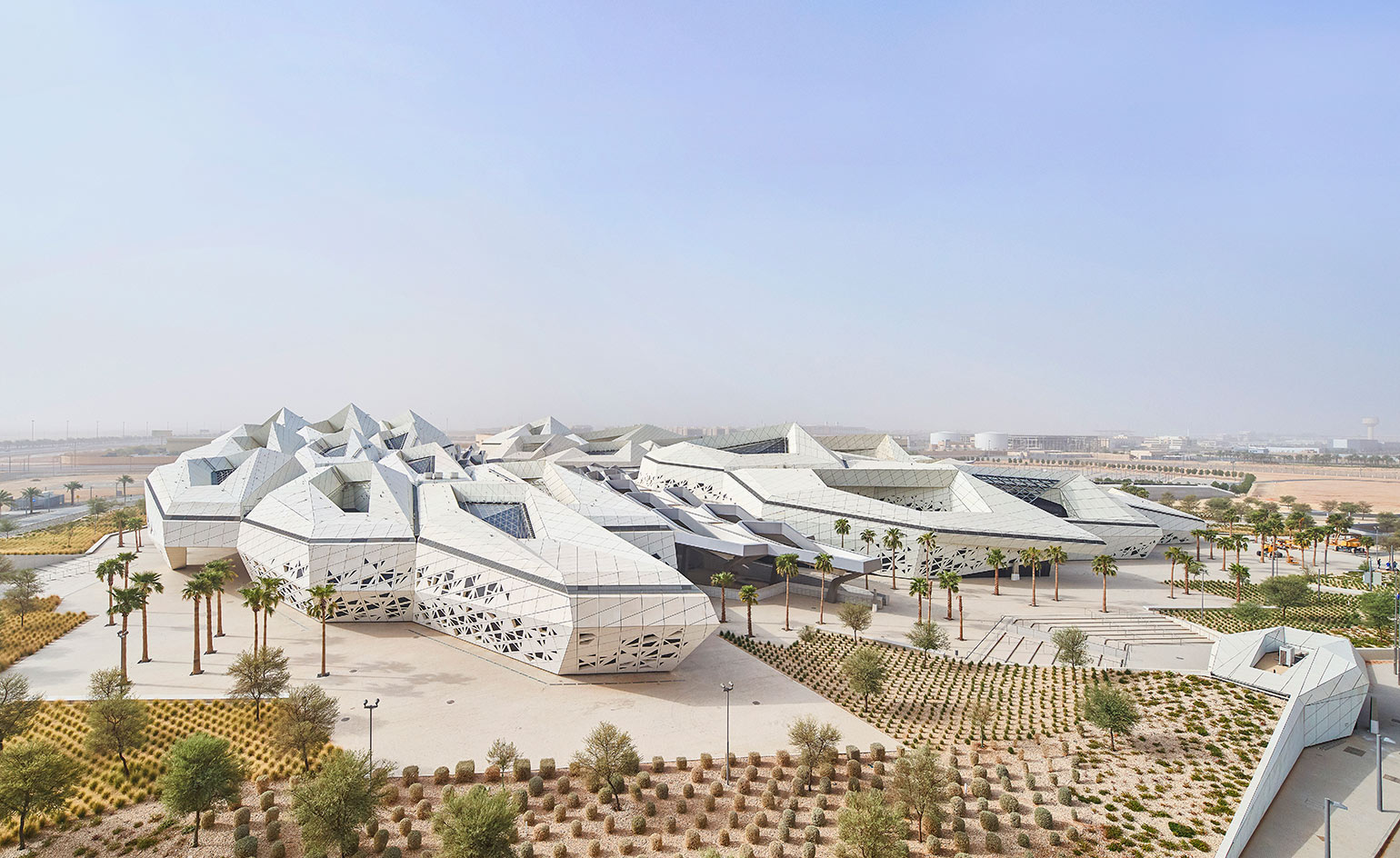
Architecture doesn’t always exist to push the boundaries. Sometimes a building is just an enclosure, a pragmatic form undefined by the activities within. Zaha Hadid Architects (ZHA) has never subscribed to the cult of quiet functionalism – the more complex a building’s use, the more radical the form. Perhaps that’s why Riyadh’s new King Abdullah Petroleum Studies and Research Center (KASPSARC) is such a dramatic and radical statement, even by the high standards of the studio.
KAPSARC’s brief is as a desert laboratory, a place where the vested interests of the petrochemical industry can take a long, hard look at where their industry is going and what it has done – one of the research briefs is ‘studying the technological, economic and environmental impacts of energy’. Perhaps as an indicator of things to come, ZHA has designed the structure to make minimal energy demands in a region renowned for its extreme climate.
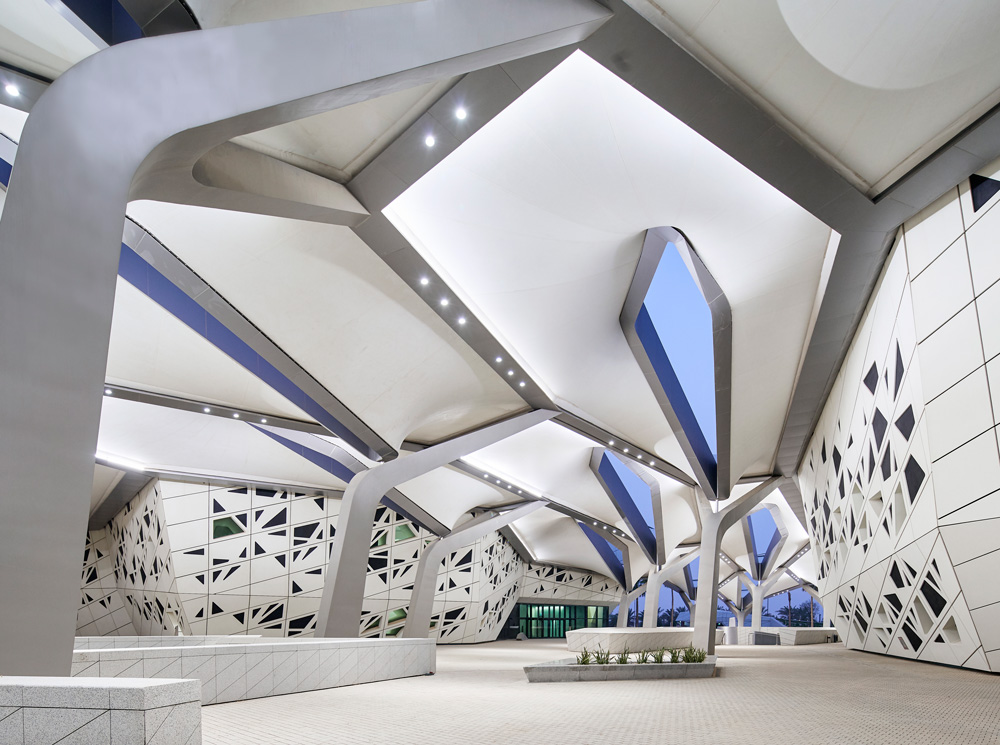
Riyadh’s new King Abdullah Petroleum Studies and Research Center, designed by Zaha Hadid Architects. Photography: Hufton + Crow
Focused on a central research building, with angular prows that jut out across the landscaping, the architecture combines structural boldness with complex patterns on the walls and ceilings, giving the long Islamic tradition of geometric form a literal twist. The modular construction allows for future expansion, while covered outdoor circulation areas help mitigate the effects of solar radiation.
Perhaps most notably, the building’s musalla (the open space outside a mosque) is the country’s very first prayer space to be designed by a woman. Proof that Zaha Hadid is still having a posthumous influence on design.
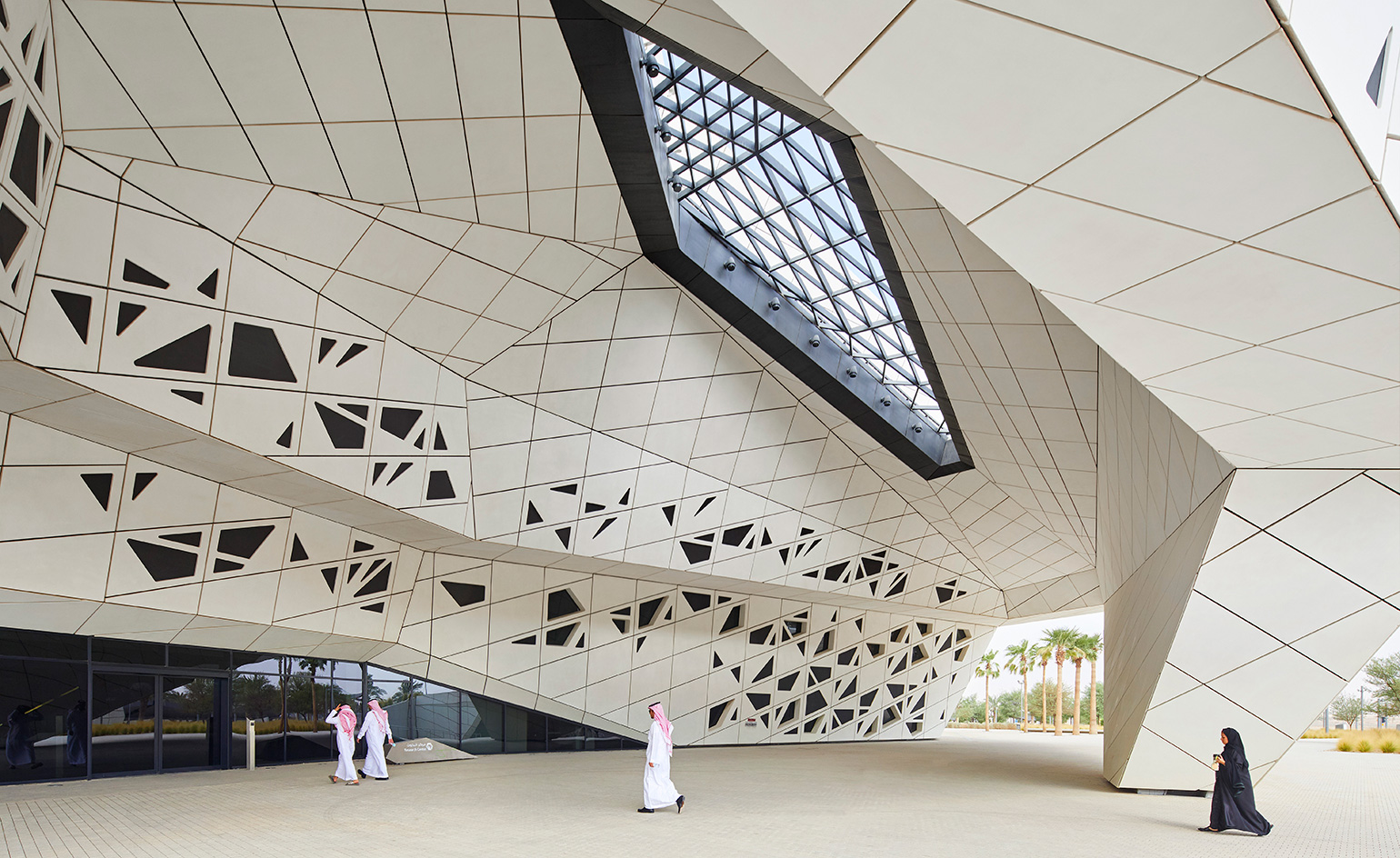
The entrance of the research centre
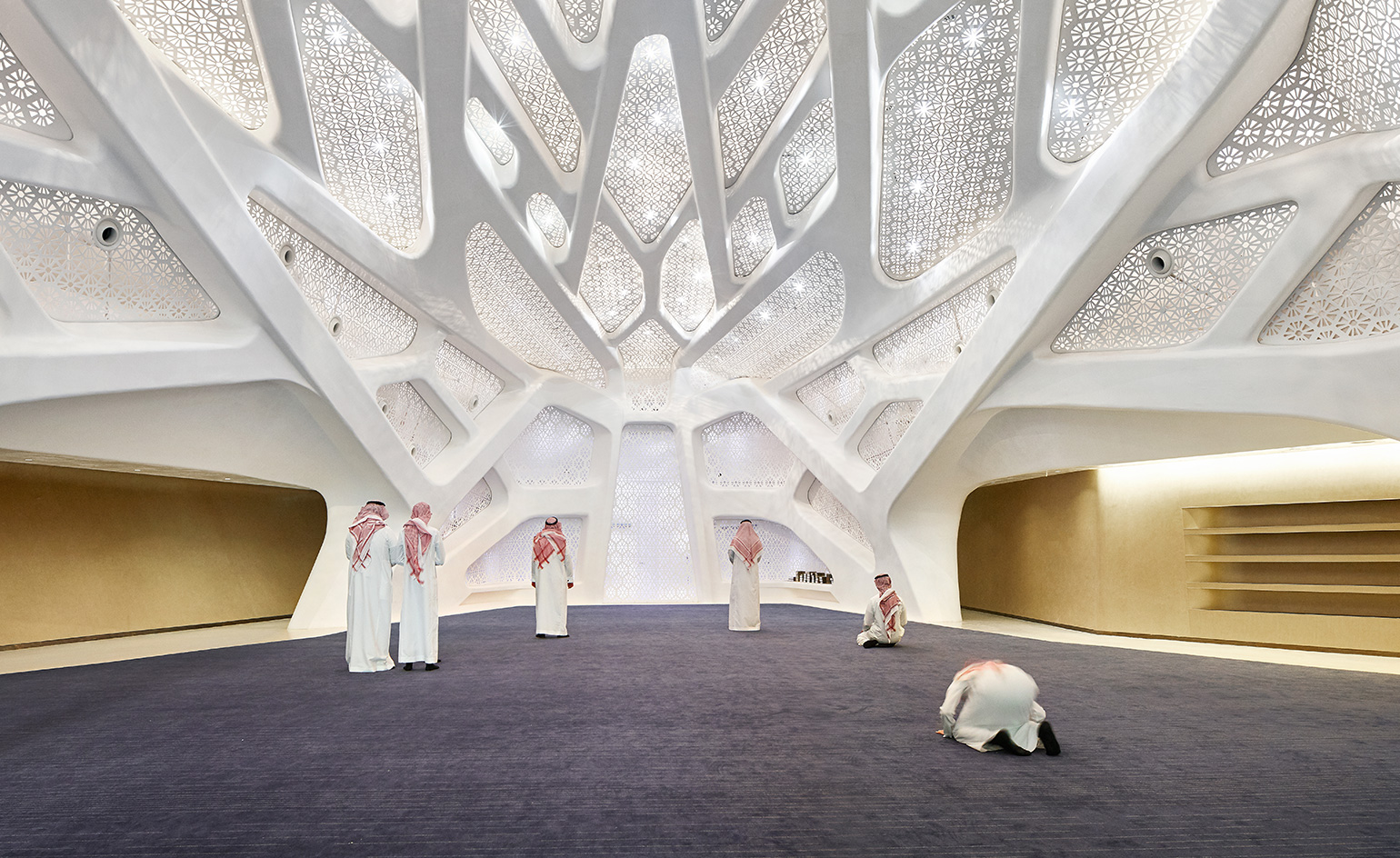
The building’s musalla (the open space outside a mosque) is the country’s first prayer space to be designed by a woman
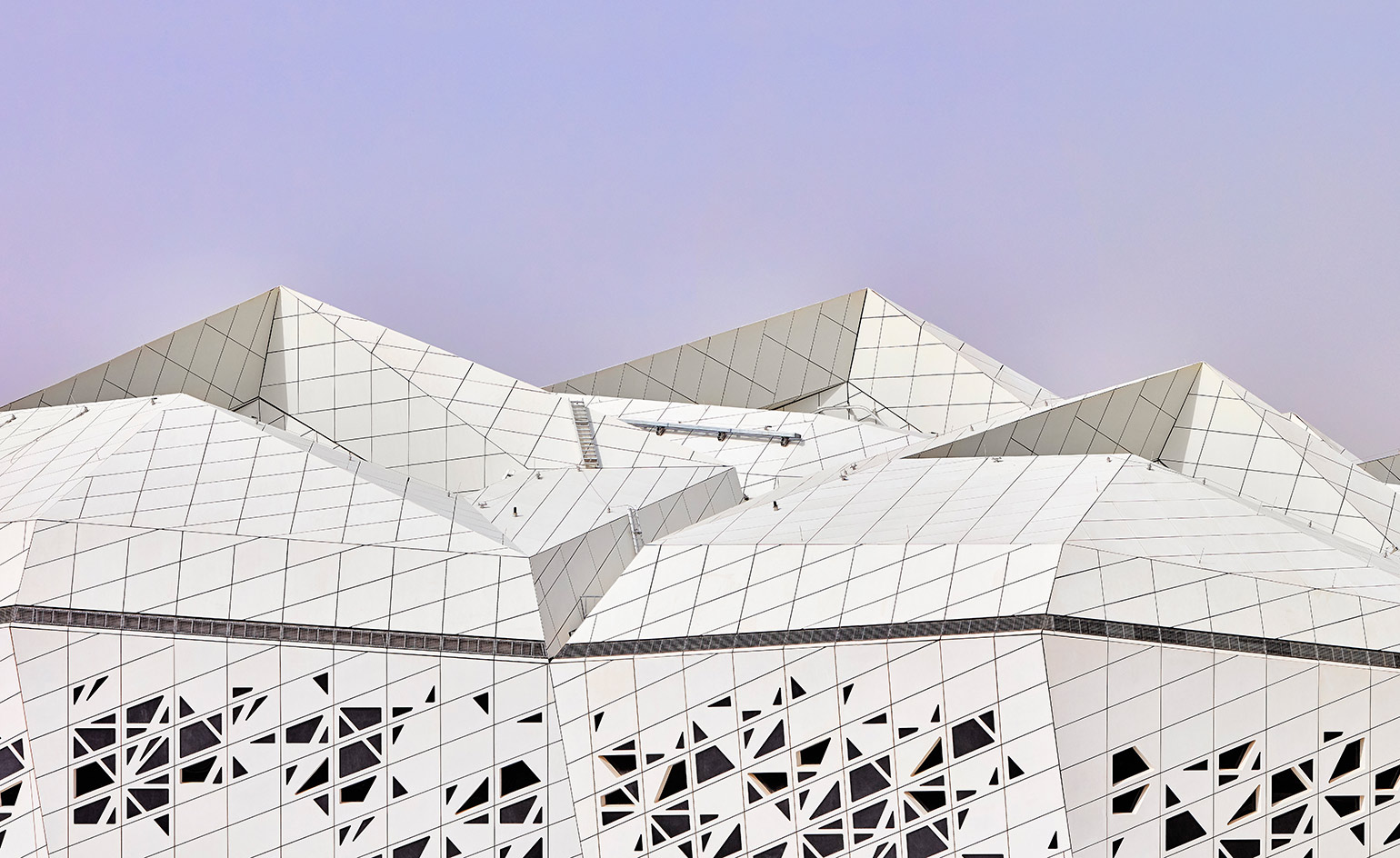
The windcatcher roof
INFORMATION
For more information, visit the Zaha Hadid Architects website
Receive our daily digest of inspiration, escapism and design stories from around the world direct to your inbox.
Jonathan Bell has written for Wallpaper* magazine since 1999, covering everything from architecture and transport design to books, tech and graphic design. He is now the magazine’s Transport and Technology Editor. Jonathan has written and edited 15 books, including Concept Car Design, 21st Century House, and The New Modern House. He is also the host of Wallpaper’s first podcast.
-
 Absolut is reviving Keith Haring’s 1986 poser with a vibrant limited-edition bottle
Absolut is reviving Keith Haring’s 1986 poser with a vibrant limited-edition bottleThe Absolut Haring Artist-Edition bottle, released 40 years after Haring collaborated with the vodka brand, features his bold lines, electric colours and dancing figures
-
 This hidden London culinary haven is a refreshing take on the steakhouse
This hidden London culinary haven is a refreshing take on the steakhouseMr Porter, a new steakhouse, bar and lounge in central London's swish Mayfair, is a hidden haven of strong flavours and minimalist dining
-
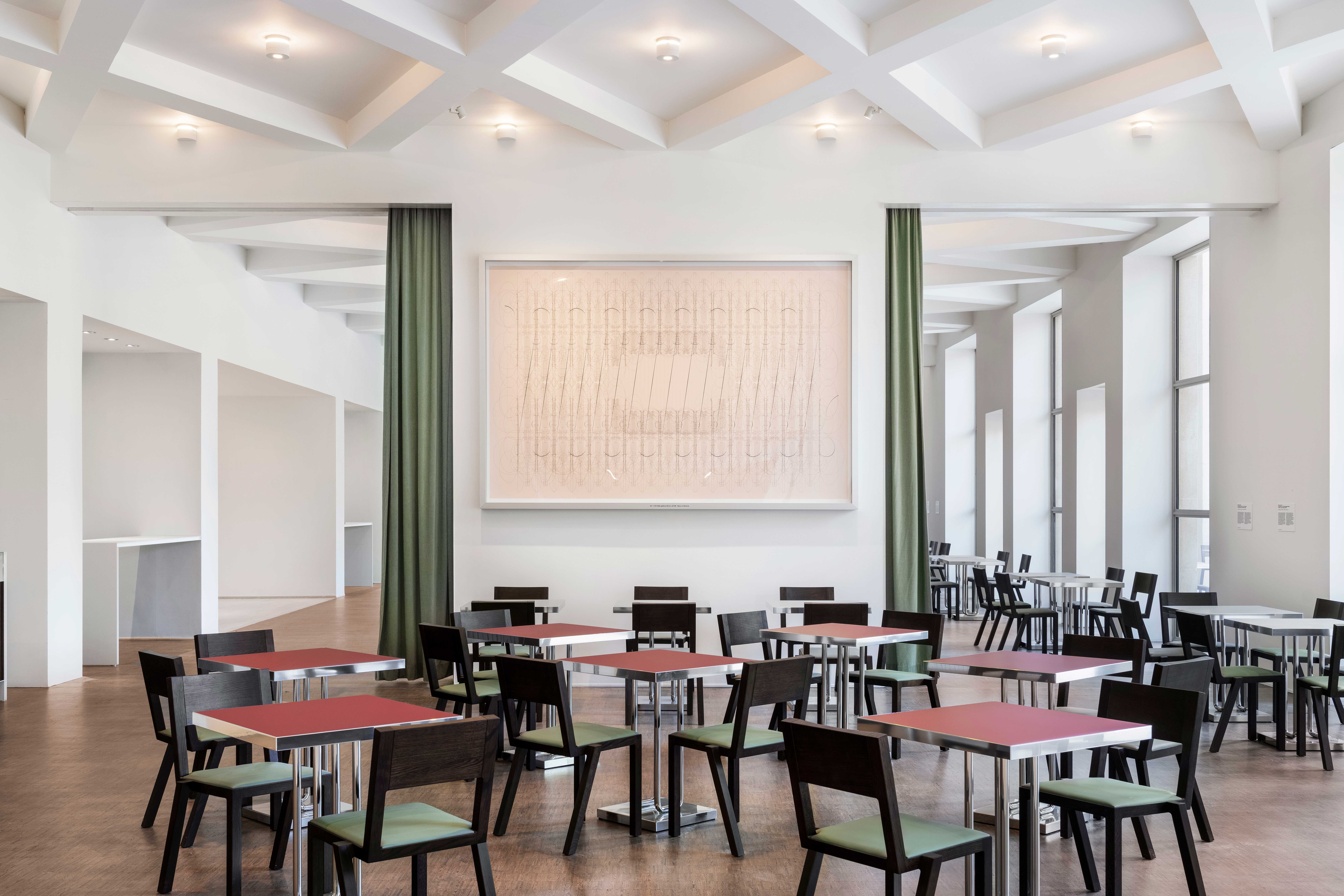 Dine within a rationalist design gem at the newly opened Cucina Triennale
Dine within a rationalist design gem at the newly opened Cucina TriennaleCucina Triennale is the latest space to open at Triennale Milano, a restaurant and a café by Luca Cipelletti and Unifor, inspired by the building's 1930s design
-
 Zaha Hadid Architects’ spaceship-like Shenzhen Science and Technology Museum is now open
Zaha Hadid Architects’ spaceship-like Shenzhen Science and Technology Museum is now openLast week, ZHA announced the opening of its latest project: a museum in Shenzhen, China, dedicated to the power of technological advancements. It was only fitting, therefore, that the building design should embrace innovation
-
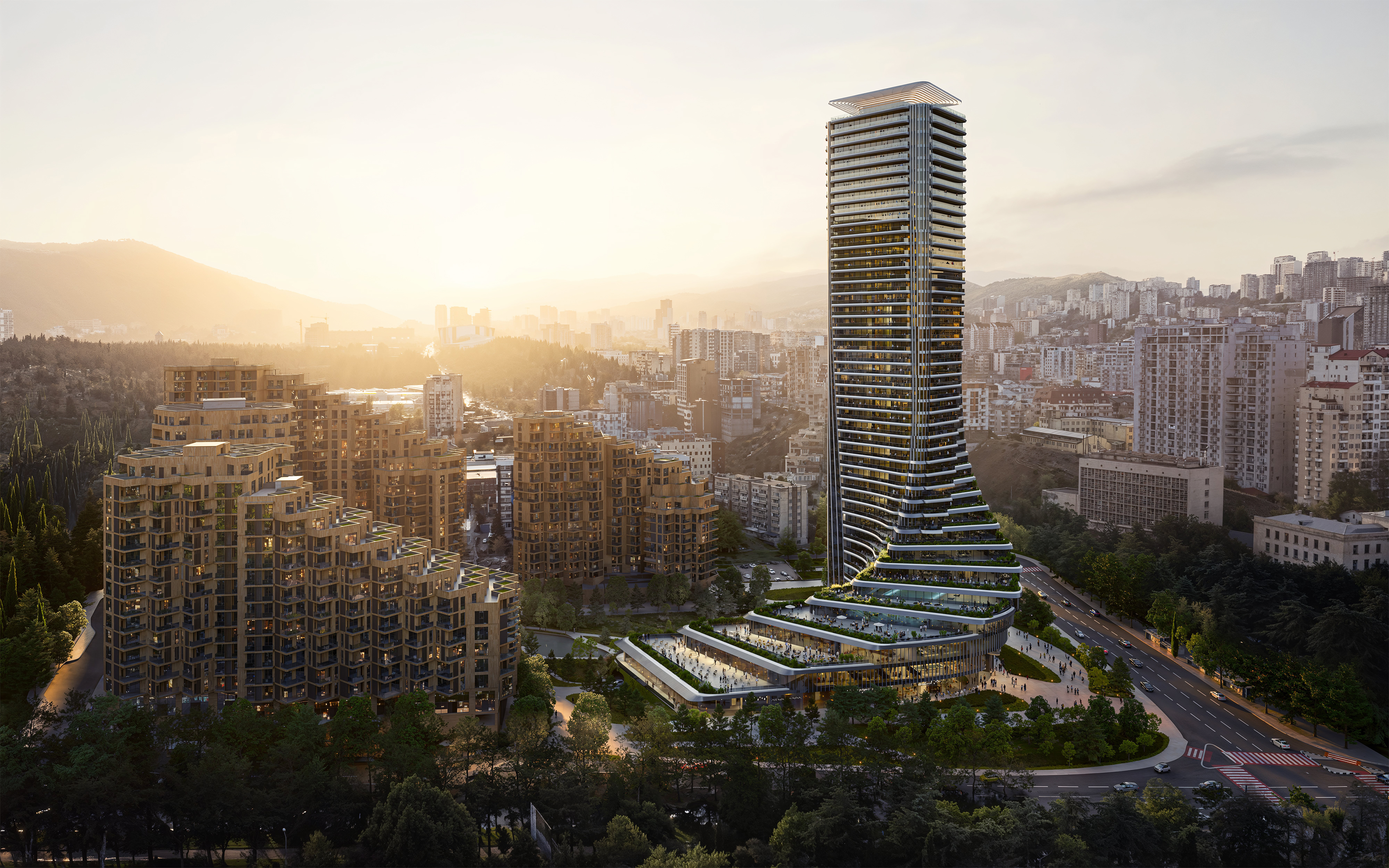 The upcoming Zaha Hadid Architects projects set to transform the horizon
The upcoming Zaha Hadid Architects projects set to transform the horizonA peek at Zaha Hadid Architects’ future projects, which will comprise some of the most innovative and intriguing structures in the world
-
 Zaha Hadid Architects reveals plans for a futuristic project in Shaoxing, China
Zaha Hadid Architects reveals plans for a futuristic project in Shaoxing, ChinaThe cultural and arts centre looks breathtakingly modern, but takes cues from the ancient history of Shaoxing
-
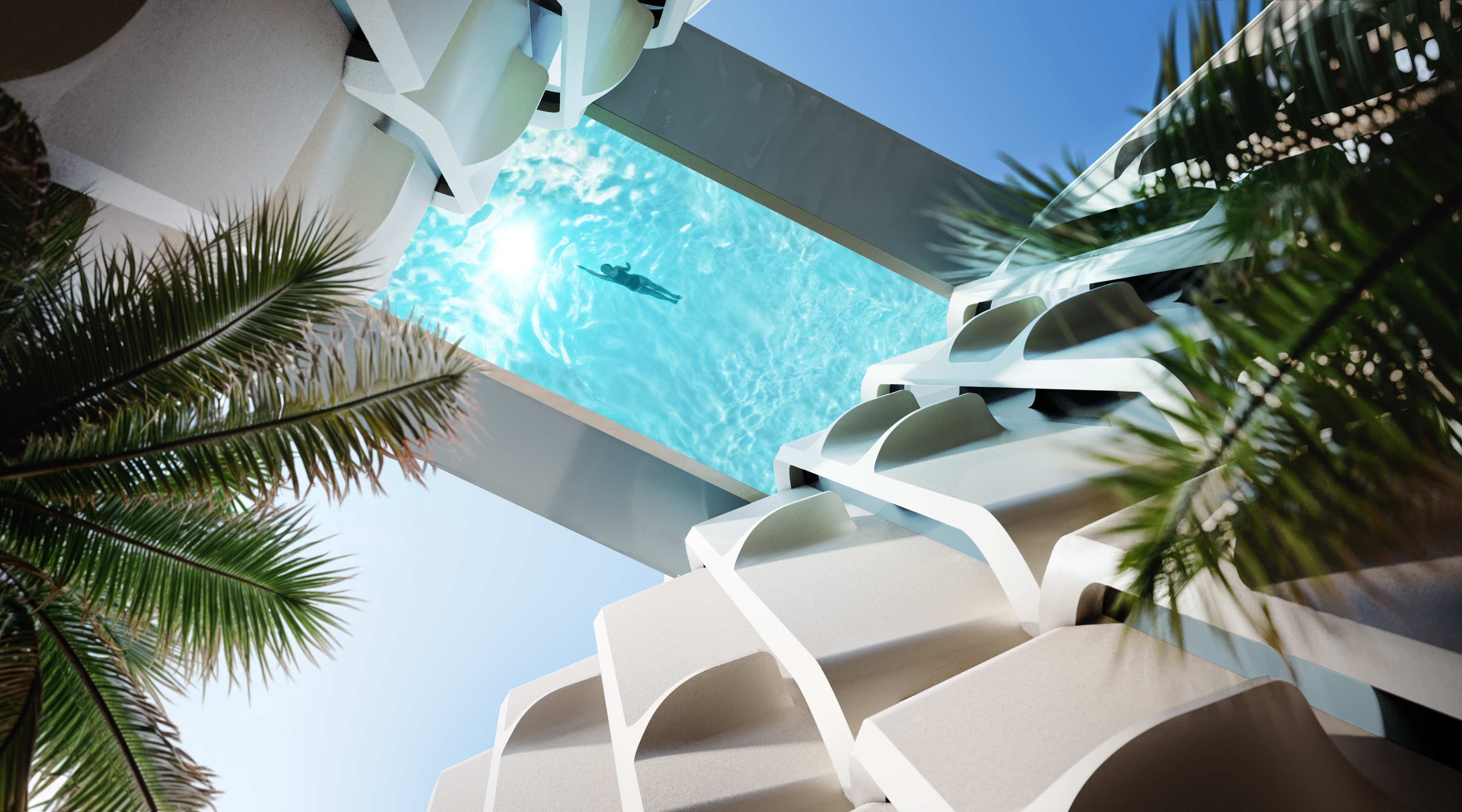 Zaha Hadid Architects’ new project will be Miami’s priciest condo
Zaha Hadid Architects’ new project will be Miami’s priciest condoConstruction has commenced at The Delmore, an oceanfront condominium from the firm founded by the late Zaha Hadid, ZHA
-
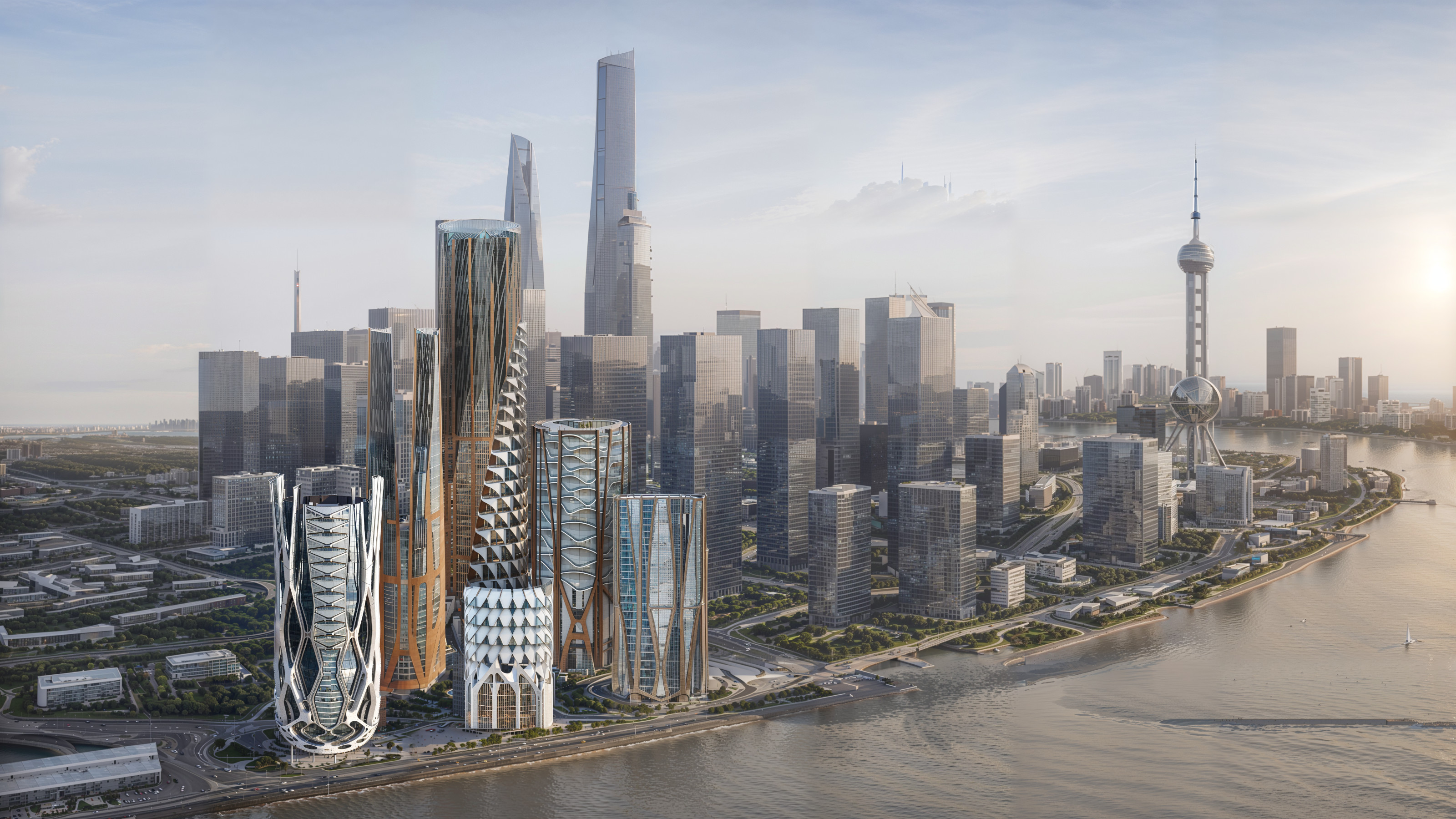 AI in architecture: Zaha Hadid Architects on its pioneering use and collaborating with NVIDIA
AI in architecture: Zaha Hadid Architects on its pioneering use and collaborating with NVIDIAWe talk to ZHA about AI in architecture, its computational design advances, and its collaboration with NVIDIA on design, data and the future of AI and creativity
-
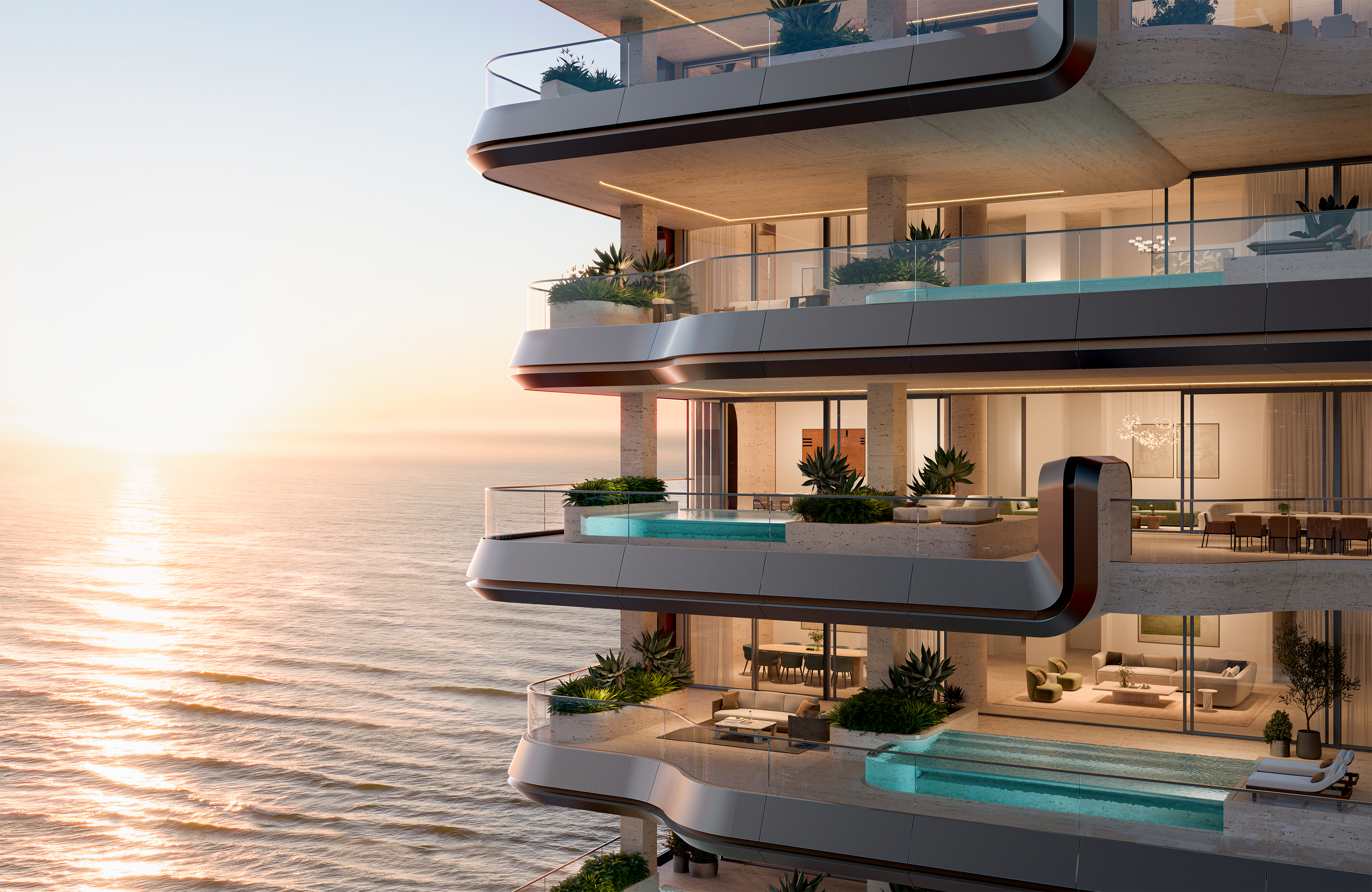 Omniyat launches The Alba, new Zaha Hadid Architects-designed residences in Dubai
Omniyat launches The Alba, new Zaha Hadid Architects-designed residences in DubaiDeveloper Omniyat announces The Alba, ultra-luxury residences managed by Dorchester Collection and designed by Zaha Hadid Architects to blend ‘nature and cutting-edge design’
-
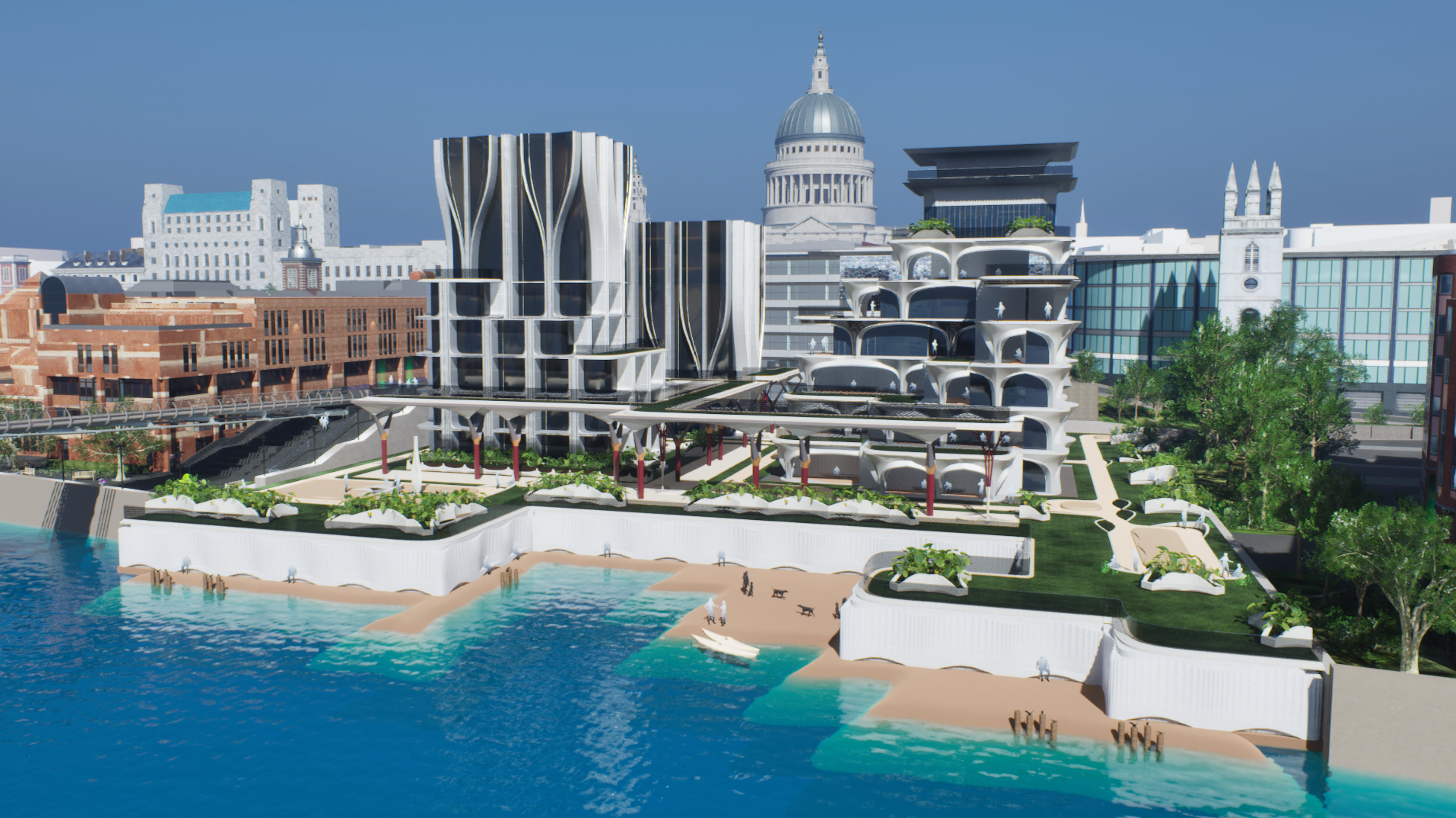 Load into this reimagined Fortnite cityscape, courtesy of Zaha Hadid Architects
Load into this reimagined Fortnite cityscape, courtesy of Zaha Hadid ArchitectsA collaboration between Epic Games and ZHA, Re:Imagine London brings the architects’ modular forms into one of the world’s most popular multiplayer games
-
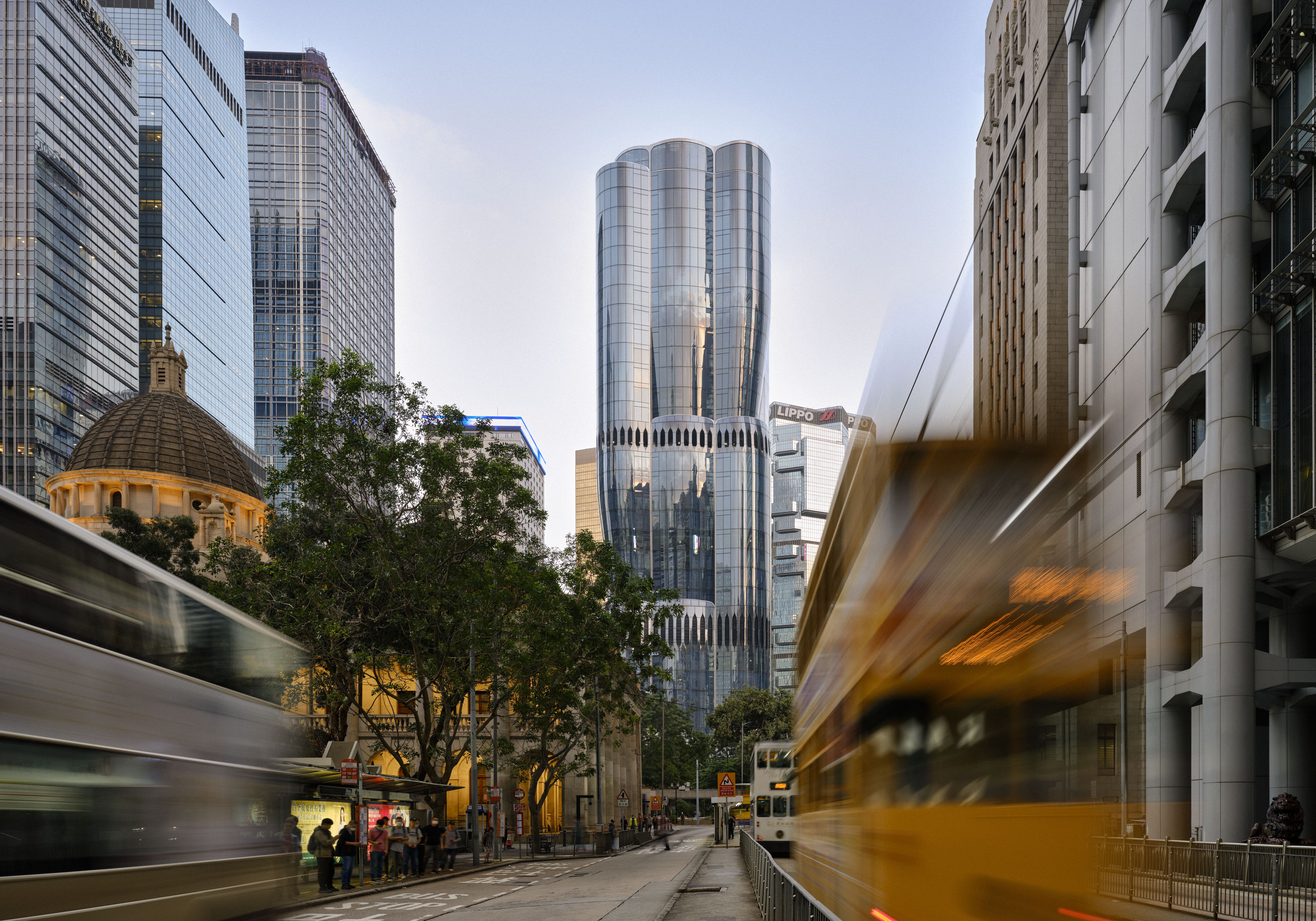 The Henderson by ZHA in Hong Kong makes everyone sit up and pay attention
The Henderson by ZHA in Hong Kong makes everyone sit up and pay attentionThe Henderson, ZHA's new high-rise in Hong Kong, stands out in its coveted address through its unusual, fluted façade of glass columns